Sports People to Story
Why Athletes Become Authors
Athletes are increasingly stepping into the world of publishing, turning their lived experiences into books that resonate far beyond the sports arena. This shift is not driven by fame alone—it reflects deeper psychological, cultural, and strategic motivations. Writing offers athletes a structured way to reflect, educate, and influence. It mirrors the discipline of training and provides a platform for legacy, advocacy, and personal reinvention.
Many athletes retire young, leaving decades to redefine their identity. Publishing becomes a tool for continuity, allowing them to channel their focus into storytelling. Books help athletes reclaim their narratives, especially when media coverage has been reductive or inaccurate. Authorship also enables them to process trauma, share lessons, and mentor others. The rise of athlete-authors spans all sports—from gymnastics to football, tennis to surfing. Their books range from memoirs and wellness guides to children’s stories and leadership manuals.

Sports People Authors
Writing Through Disability – Sport as Voice, Not Limitation
Disability in sport is not a barrier—it’s a lens through which resilience, innovation, and identity are redefined. Athletes with disabilities often face systemic challenges, from inaccessible training environments to limited media representation. Writing allows them to articulate these realities with nuance and authority. Books by disabled athletes explore not just physical adaptation, but emotional endurance and cultural resistance. Many authors share how sport became a tool for reclaiming agency after injury, illness, or congenital conditions.
Their narratives challenge ableist assumptions and expand public understanding of what athleticism truly means. Authorship also helps document the evolution of adaptive technologies, classification systems, and inclusive competition formats. Paralympic athletes, in particular, use writing to highlight the global significance of disability sport. These stories are often used in education, advocacy, and policy reform. Writing becomes a form of protest, celebration, and legacy-building all at once. Disabled athlete-authors are reshaping how we define strength, visibility, and excellence. Their words carry the weight of lived experience—and the power to inspire systemic change.
Migration and Belonging – Sport as a Transnational Identity
Many athletes navigate complex migration journeys, moving across borders for training, competition, or safety. Writing allows them to explore how sport shaped their sense of belonging in unfamiliar environments. Books often document cultural dislocation, language barriers, and the search for community. Athletes reflect on how national identity intersects with personal ambition. Some write about representing countries they were not born in, while others describe the emotional tension of dual citizenship.
Authorship becomes a way to reconcile fragmented identities and celebrate multicultural heritage. These stories highlight the role of sport in building bridges across cultures. Migrant athletes often use writing to challenge stereotypes and advocate for inclusion. Their books contribute to broader conversations about immigration, diaspora, and global citizenship. Writing also helps preserve the emotional texture of displacement and adaptation. Athletes who write about migration often emphasize resilience, gratitude, and cultural pride. Their narratives expand the definition of what it means to belong.
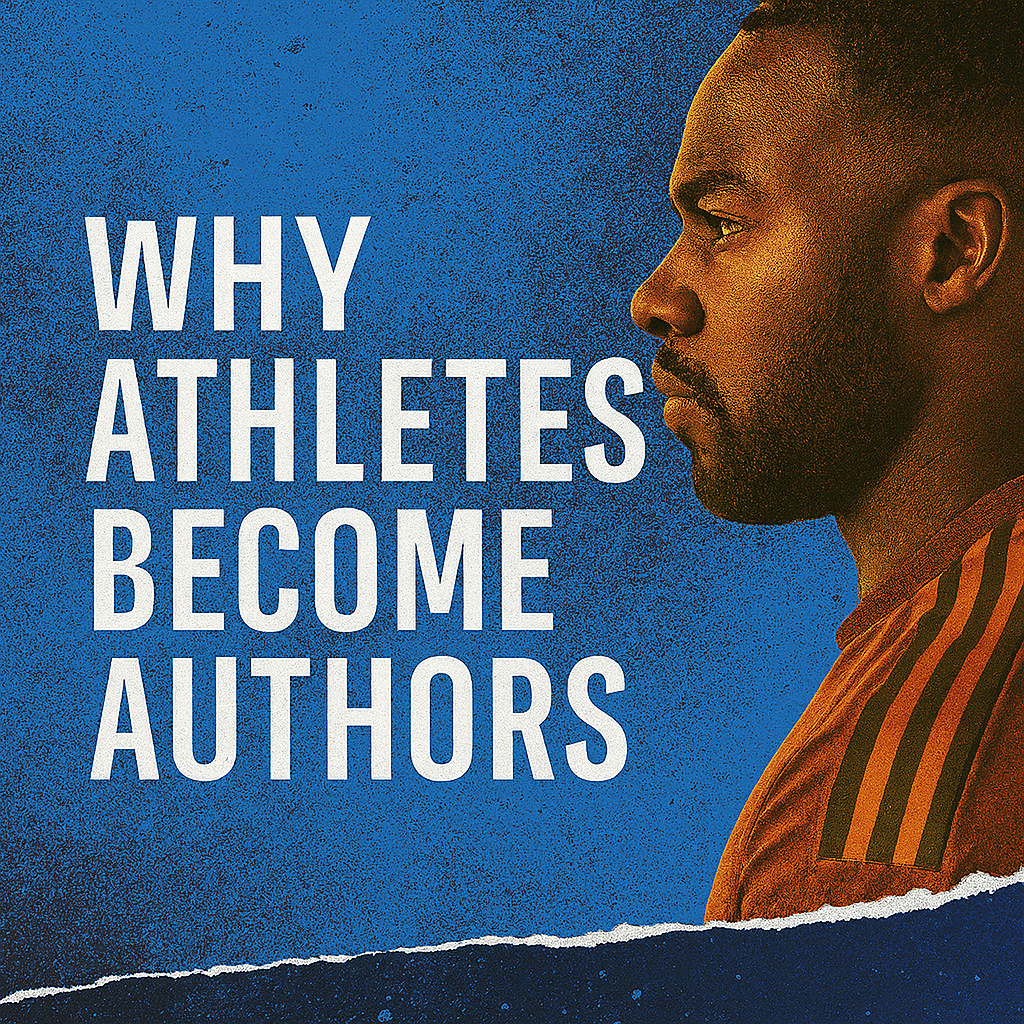
Visual Storytelling – Athletes as Image Architects
Athletes are increasingly using visual storytelling to complement their written narratives. Books that integrate photography, illustration, or design offer a multisensory experience for readers. Visual elements help convey emotion, movement, and atmosphere in ways text alone cannot. Some athletes collaborate with artists or photographers to document their careers. Others use archival images to preserve historical context and personal milestones. Authorship becomes a curatorial act, blending aesthetics with narrative structure. Visual storytelling is especially powerful in memoirs, children’s books, and training manuals.
It enhances accessibility for readers with different learning styles and literacy levels. Athletes who embrace visual formats often have backgrounds in fashion, media, or design. Their books reflect a layered understanding of performance, identity, and spectacle. Writing through images allows athletes to communicate across language and cultural barriers. These works expand the possibilities of sports literature as a visual and emotional medium.
Neurodivergence and Cognitive Insight – Writing Beyond the Norm
Some athletes identify as neurodivergent, navigating conditions such as ADHD, autism, or dyslexia. Writing allows them to explore how cognitive difference shaped their training, focus, and emotional regulation. Books often challenge traditional narratives of discipline and performance. Athletes reflect on how neurodivergence helped them develop unique strategies for success. Some describe hyperfocus, sensory sensitivity, or pattern recognition as assets in competition.
Others write about the stigma and misunderstanding they faced in coaching environments. Authorship becomes a way to educate, advocate, and normalize cognitive diversity in sport. Neurodivergent athletes often use writing to reframe what it means to be “mentally tough.” Their stories resonate with readers who feel excluded from conventional athletic models. Writing also helps document the intersection of mental health and neurodiversity. These books contribute to inclusive coaching, training, and policy reform. Athletes who write from neurodivergent perspectives expand the vocabulary of resilience and innovation.

Writing as Ritual – Discipline, Repetition, and Emotional Hygiene
For many athletes, writing is not just expressive—it’s ritualistic. The act of journaling, drafting, and revising mirrors the repetition and structure of physical training. Books often emerge from years of note-taking, reflection, and emotional calibration. Athletes use writing to track progress, clarify goals, and process setbacks. Some describe daily writing routines as essential to their mental preparation. Others treat authorship as a form of emotional hygiene—clearing space for focus and recovery.
This ritualistic approach is especially common in endurance sports and martial arts. Writing becomes a meditative practice, blending discipline with introspection. Athletes who write regularly often report improved emotional regulation and decision-making. Their books reflect a deep commitment to process, not just outcome. Authorship becomes an extension of their training philosophy. These stories reveal how writing sustains performance, clarity, and long-term growth.
Rebuilding Identity After Retirement
Retirement from sport often arrives before the age of 35, leaving athletes with decades to redefine themselves. The transition from public performer to private citizen can be disorienting and emotionally complex. Writing offers a structured way to navigate this shift and rebuild personal identity. Memoirs allow athletes to reflect on their careers and explore who they are beyond competition.
Publishing provides continuity, mirroring the discipline and focus of athletic training. Many athletes report identity loss after retirement, and storytelling helps restore self-concept. Books reconnect them with fans in a more intimate and authentic way. Authorship also allows athletes to clarify misunderstood decisions and reclaim their public image. This form of reflection is especially common in solo sports like tennis, boxing, and gymnastics. Writing becomes a therapeutic process, blending introspection with reinvention. It also helps athletes transition into new roles—such as coach, entrepreneur, or advocate. Ultimately, authorship becomes a bridge between past performance and future purpose.
Processing Trauma and Injury
Professional sport is physically demanding and often traumatic. Athletes endure injuries, surgeries, and long recoveries that can affect both body and mind. Writing provides a safe space to process these experiences and articulate their emotional impact. Many athletes use books to share the psychological toll of chronic pain and forced retirement. Publishing helps normalize vulnerability in high-performance environments. It also challenges the myth of invincibility often projected onto elite athletes.
Books become platforms for advocating better medical care and mental health support. These narratives educate fans and younger athletes about the risks and resilience required in sport. Trauma writing is especially prevalent in contact sports like football, rugby, and mixed martial arts. Authorship restores agency, allowing athletes to tell their stories on their own terms. It also connects them with readers facing similar health challenges. Writing becomes part of rehabilitation—both physical and emotional.
Building Legacy and Cultural Impact
Athletes often seek to leave a legacy that extends beyond trophies and statistics. Writing allows them to shape how they are remembered and contribute to cultural history. Books reflect on teamwork, leadership, and personal sacrifice. Some athletes use writing to honor mentors, teammates, and communities that shaped their careers. Others address broader societal issues such as racism, sexism, and inequality in sport. Legacy authorship is common among Olympic athletes and national icons. Their stories often become part of educational curricula and public discourse.
Publishing helps preserve regional and cultural sports traditions. It also amplifies voices from underrepresented backgrounds. These works inspire future generations and transform personal experience into public wisdom. Authorship becomes a way to document history from the athlete’s perspective. It ensures that their impact endures long after their final game.
Controlling the Narrative
Mainstream media often simplifies or distorts athletes’ stories. Writing provides a direct channel for narrative control and personal truth. Books allow athletes to explore their motivations, contradictions, and growth in depth. Many publish to correct false reports or challenge stereotypes. Authorship is especially important for athletes from marginalized communities.
It enables them to counter sensationalism and reclaim their public image. Writing also fosters media literacy, helping athletes understand how stories are shaped and consumed. Some use their books to explain controversies or respond to public backlash. Others delve into the ethics of fame, visibility, and representation. Narrative control is particularly relevant for athletes who experienced media scrutiny during their careers. Publishing becomes a form of empowerment and self-definition. It allows athletes to speak without interruption or distortion.

Mentoring the Next Generation
Athletes often feel a strong responsibility to guide younger generations. Writing offers a scalable way to mentor thousands of readers across different regions and backgrounds. Books allow athletes to share lessons learned both on and off the field. These lessons include discipline, resilience, teamwork, and ethical decision-making. Some athletes publish training manuals or motivational guides for aspiring professionals. Others create children’s books that introduce sports values in accessible formats.
These works are frequently used in schools, camps, and youth programs. Writing also enables athletes to connect with communities they cannot visit in person. Mentorship through authorship extends their influence beyond physical presence. It becomes part of their legacy of service and leadership. Athletes who write for youth often emphasize inclusivity, perseverance, and emotional intelligence. Their books help shape the next generation of athletes and citizens.
Diversifying Career Paths
The financial landscape of professional sports can be unpredictable. Writing offers athletes a strategic way to diversify their careers and income streams. Publishing can lead to speaking engagements, consulting roles, and media opportunities. Books help athletes pivot into industries such as business, education, and wellness. Authorship enhances credibility and visibility in new professional arenas.
Some athletes use writing to support foundations or charitable initiatives. Others integrate it into broader brand strategies that include merchandise and digital content. Writing also signals intellectual engagement and personal growth. It expands the athlete’s public persona beyond physical performance. Career diversification through authorship is especially common among entrepreneurial athletes. Publishing becomes a tool for long-term sustainability and influence. It allows athletes to build new platforms rooted in experience and expertise.
Preserving Cultural Identity
Athletes often come from culturally rich backgrounds that are underrepresented in mainstream publishing. Writing allows them to share traditions, languages, and histories that shaped their lives and careers. Cultural storytelling helps preserve identity and foster pride among readers. Books challenge dominant narratives and offer alternative perspectives rooted in lived experience. Some athletes publish bilingual works or stories inspired by folklore. Others explore the intersection of sport, spirituality, and heritage.
These narratives blend personal memoir with cultural commentary. Authorship becomes a form of cultural activism and education. It honors roots while reaching global audiences. Athletes use writing to amplify community resilience and creativity. Their books contribute to a more inclusive literary landscape. Cultural preservation through authorship strengthens intergenerational connection and understanding.
Advocating for Mental Health
Mental health is a critical yet often overlooked aspect of athletic performance. Writing helps athletes explore and share their experiences with anxiety, depression, and emotional regulation. Many publish books that address the psychological demands of competition and recovery. These stories help destigmatize therapy and normalize vulnerability in elite sport. Athletes write about the pressure to succeed and the fear of failure. Some incorporate mindfulness, meditation, and visualization techniques into their narratives. Their books offer practical insights for athletes, coaches, and general readers.
Mental health advocacy through writing is growing across all sports disciplines. Authorship becomes both a healing process and a public service. It connects athletes with readers facing similar emotional challenges. These books are used in wellness programs and educational settings. Writing helps redefine strength as both physical and emotional resilience.
Exploring Faith and Spirituality
For many athletes, faith plays a central role in their personal and professional lives. Writing allows them to articulate spiritual beliefs, rituals, and moments of divine connection. These books often blend personal testimony with broader reflections on purpose, resilience, and grace.
Athletes may explore how faith helped them overcome adversity or maintain discipline under pressure. Some describe prayer routines before competition or spiritual mentors who shaped their mindset. Others reflect on how retirement deepened their spiritual practice. Authorship becomes a way to share values that guided their careers. These narratives often resonate with readers seeking meaning beyond performance. Faith-based writing is especially common in endurance sports and combat disciplines. It also appears in memoirs from athletes who experienced life-altering injuries. Spiritual authorship bridges sport and soul, offering insight into inner strength. These books contribute to a broader understanding of belief in high-performance environments.
Documenting Team Dynamics
Team sports offer rich interpersonal experiences that rarely make headlines. Writing allows athletes to document the chemistry, conflict, and camaraderie that define team life. These narratives explore leadership styles, locker room culture, and emotional highs and lows. Athletes often reflect on how trust and communication shaped their performance.
Some describe pivotal moments of unity or breakdown during major tournaments. Others analyze coaching methods and tactical decisions from an insider’s view. Books on team dynamics serve as case studies for collaboration and group psychology. They are used in coaching education and leadership development programs. Authorship helps athletes honor teammates and preserve shared memories. It also allows them to critique systems that failed or supported them. These stories reveal the human side of competition—beyond stats and strategy. Writing about team life builds bridges between sport, business, and education.
Championing Social Justice
Athletes have long been visible figures in social movements. Writing gives them a platform to advocate for equity, inclusion, and systemic change. Books often address issues such as racial discrimination, gender inequality, and economic disparity. Athletes connect personal experience with broader activism, offering insight and strategy. Some describe moments of protest or solidarity during their careers.
Others explore how sport can be used to challenge injustice. Authorship allows athletes to amplify marginalized voices and build coalitions. These books are often used in classrooms, community centers, and advocacy campaigns. Social justice writing is especially powerful when grounded in lived experience. It helps readers understand the intersection of sport and society. Athletes who write about justice often continue their activism post-retirement. Their books become tools for education, resistance, and reform.
Table – Athlete-Authored Genres and Their Functions
| Genre | Primary Function | Common Themes |
|---|---|---|
| Memoir | Personal reflection and legacy | Identity, resilience |
| Children’s Book | Youth engagement and education | Teamwork, inspiration |
| Leadership Manual | Professional development and strategy | Focus, discipline |
| Wellness Guide | Mental and physical health advocacy | Recovery, mindset |
| Cultural Narrative | Heritage preservation and representation | Language, tradition |
| Activist Essay | Social justice and systemic critique | Equity, reform |
Navigating Fame and Public Scrutiny
Fame can be both empowering and isolating for athletes. Writing helps them explore the psychological impact of public visibility. Books allow athletes to reflect on how media, fans, and sponsors shaped their identity. Some describe the pressure to maintain a flawless image. Others write about the emotional toll of criticism and expectation. Authorship provides a space to humanize the athlete beyond performance.
These narratives often include moments of vulnerability and self-doubt. Athletes use writing to reclaim their voice and challenge celebrity culture. Fame-focused books resonate with readers navigating public life in other fields. They also help fans understand the complexity behind the spotlight. Writing becomes a form of emotional release and public education. It allows athletes to redefine fame on their own terms.
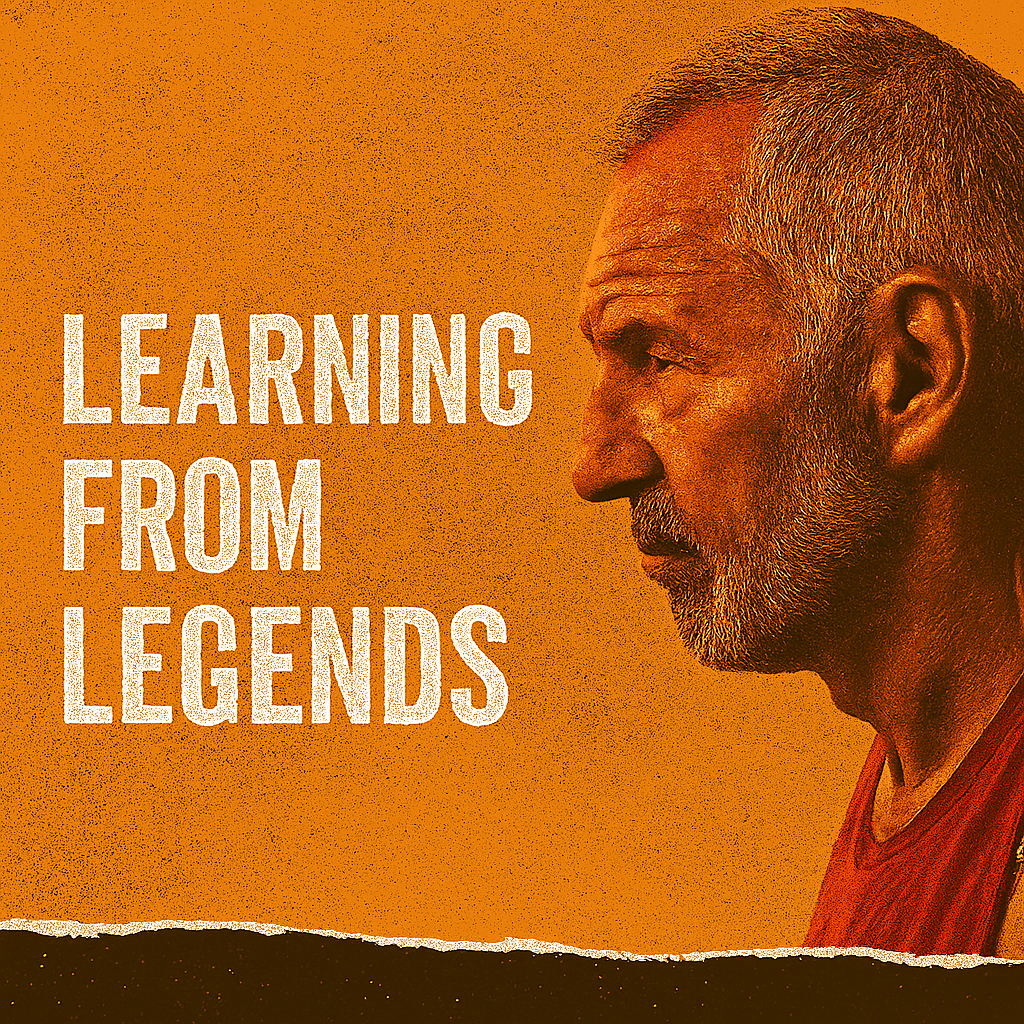
Sharing Nutrition and Lifestyle Wisdom
Athletes often develop unique approaches to nutrition, recovery, and daily routine. Writing allows them to share these insights with broader audiences. Books on lifestyle offer practical advice grounded in experience. Some athletes publish cookbooks featuring performance-enhancing meals. Others write about sleep, hydration, and injury prevention. These guides are used by amateur athletes, trainers, and wellness enthusiasts. Authorship helps demystify elite habits and make them accessible. Lifestyle writing also reflects cultural and regional food traditions. Athletes often emphasize balance, sustainability, and long-term health. These books contribute to public understanding of holistic performance. Writing about nutrition builds credibility in wellness industries. It also supports athletes’ transition into health advocacy and education.
Table – Athlete Lifestyle Topics in Published Books
| Topic | Focus Area | Common Formats |
|---|---|---|
| Nutrition | Meal planning and performance eating | Cookbook, guide |
| Recovery | Sleep, stretching, and rehab routines | Wellness manual |
| Mental Focus | Visualization and emotional regulation | Mindset journal |
| Travel Habits | Jet lag, packing, and routine building | Memoir, tip book |
| Sustainable Living | Eco-conscious choices and routines | Lifestyle essay |
| Injury Prevention | Warm-ups and body awareness | Training guide |
Exploring Gender and Representation
Gender plays a significant role in how athletes experience sport. Writing allows them to explore challenges and breakthroughs related to gender identity and equity. Female athletes often publish books that highlight disparities in pay, media coverage, and opportunity.
Others write about motherhood, body image, and leadership in male-dominated environments. Trans and nonbinary athletes use writing to share their journeys and advocate for inclusion. These narratives help readers understand the intersection of gender and performance. Authorship becomes a tool for visibility and empowerment. Books on gender are used in academic, athletic, and policy settings. They challenge stereotypes and expand definitions of strength and success. Athletes who write about gender often become role models for broader communities. Their stories contribute to more inclusive sports cultures. Writing helps redefine what it means to compete, lead, and thrive across gender lines.
Reflecting on Global Competition
International competition exposes athletes to diverse cultures, pressures, and experiences. Writing allows them to reflect on the emotional and logistical complexity of global sport. Books often describe travel challenges, cultural exchange, and geopolitical tension. Athletes share stories of Olympic villages, international rivalries, and cross-border friendships.
These narratives highlight the unifying power of sport across nations. Authorship helps document the personal impact of representing one’s country. It also explores the psychological toll of competing on the world stage. Global competition writing is common among athletes in track, swimming, and team sports. These books contribute to diplomatic and cultural understanding. They are used in education, journalism, and international relations. Writing about global sport connects personal identity with national symbolism. It reveals how athletes navigate pride, pressure, and performance across borders.
Table – Athlete Experiences in Global Competition
| Experience | Description | Common Reflections |
|---|---|---|
| Olympic Pressure | National pride and media scrutiny | Anxiety, honor |
| Cultural Exchange | Meeting athletes from other countries | Curiosity, connection |
| Travel Fatigue | Jet lag and disrupted routines | Adaptation, resilience |
| Political Tension | Competing amid global conflict | Diplomacy, awareness |
| Language Barriers | Navigating communication challenges | Humor, humility |
| National Identity | Representing heritage and values | Pride, responsibility |
Conclusion
Athletes become authors for reasons far deeper than fame or financial gain. Writing helps them reconstruct identity, process trauma, mentor youth, and build new careers. It offers a disciplined outlet that mirrors their training and extends their influence. Books allow athletes to control their narratives, preserve culture, and advocate for mental health. Authorship becomes a bridge between performance and purpose. These stories resonate across generations, cultures, and disciplines.
They educate, inspire, and challenge readers to see athletes as thinkers, leaders, and storytellers. The rise of athlete-authors reflects a broader shift in how sport intersects with society. Writing is no longer a postscript to a career—it’s a continuation of impact. Each book becomes a legacy artifact, rooted in lived experience. Athletes who write shape not just sports history, but cultural memory. Their words carry the weight of truth, transformation, and timeless relevance.
Join the Discussion
Have you read a book by an athlete that changed your perspective or deepened your understanding of sport and society? Do you believe writing should be part of every athlete’s post-career strategy—or reserved for those with a deeper story to tell?
#AthleteAuthors #SportsWriting #LegacyThroughBooks #MentalHealthInSports #CulturalStorytelling #PostRetirementPathways #TraumaRecoveryThroughWriting #InclusiveSportVoices #GlobalAthleteStories #TeamDynamicsInSport #FaithAndPerformance #NutritionForAthletes
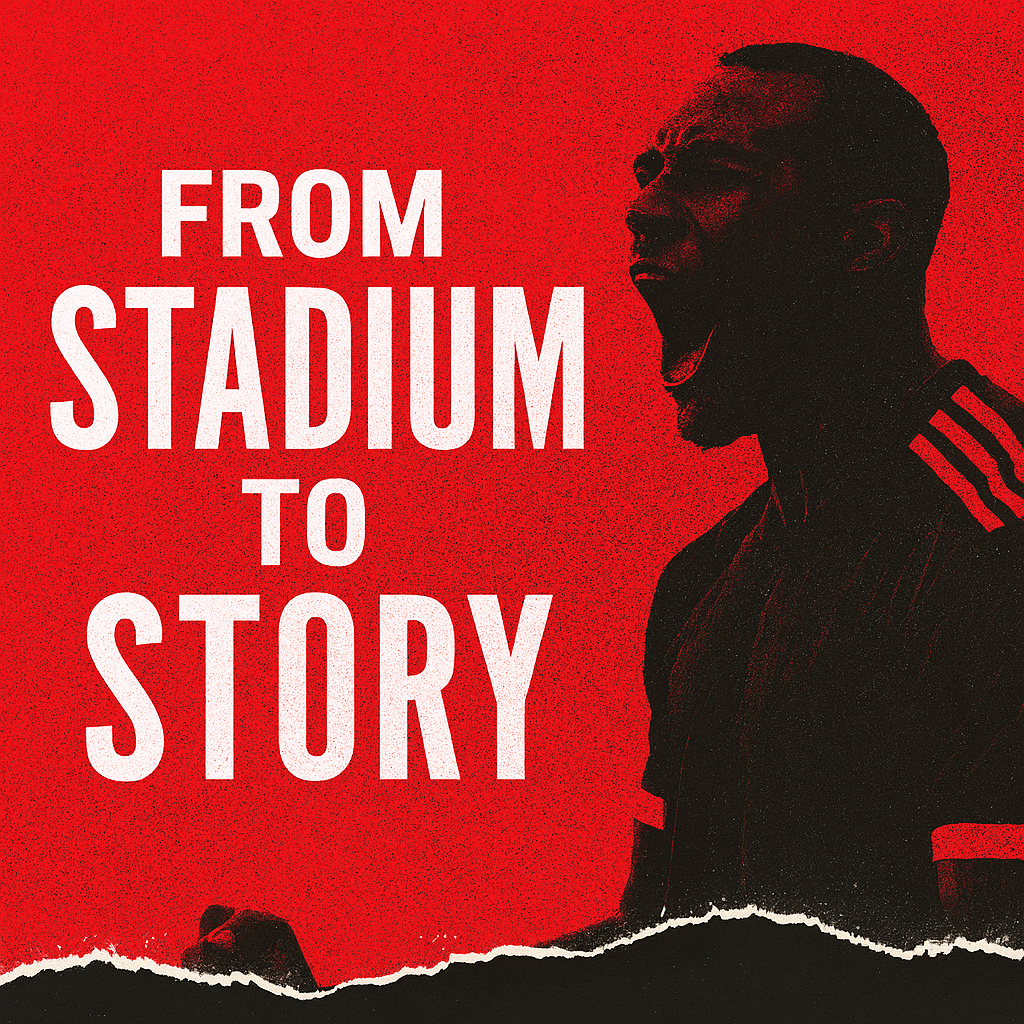



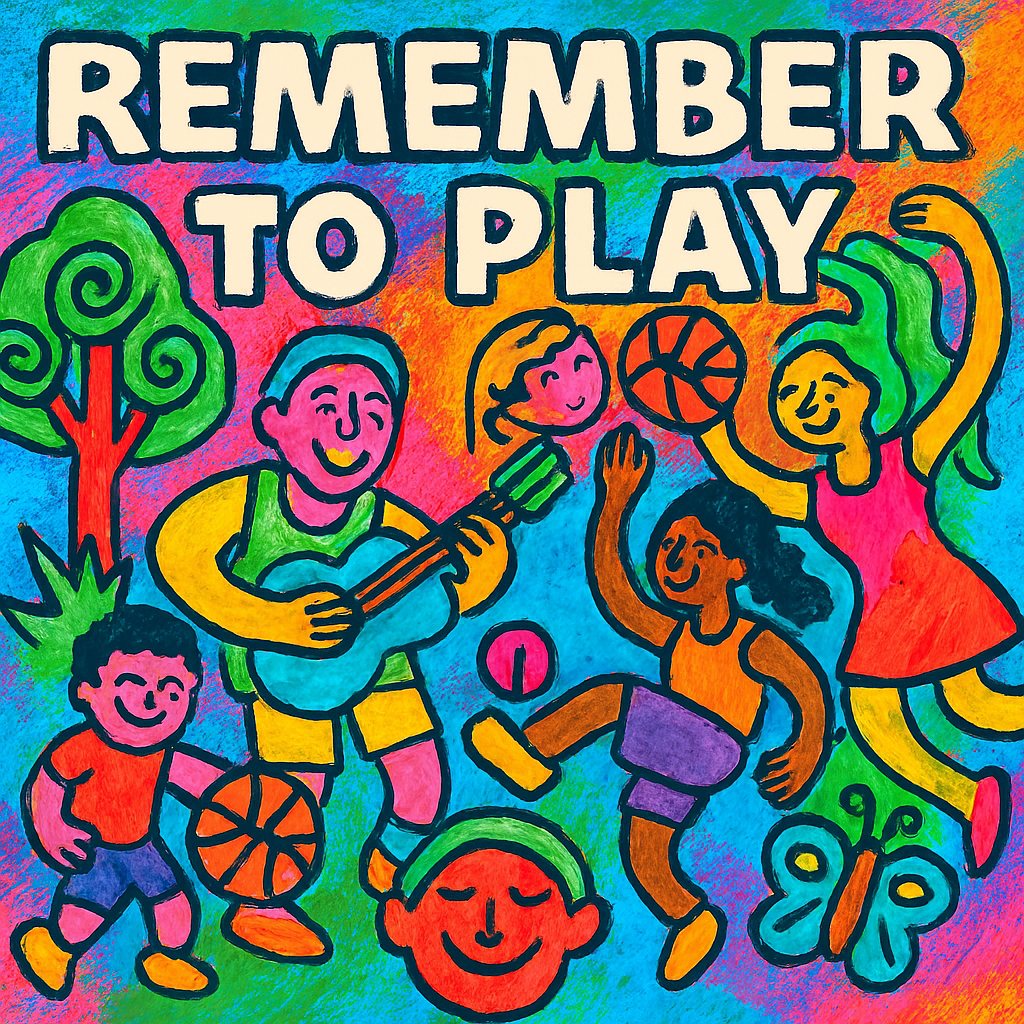


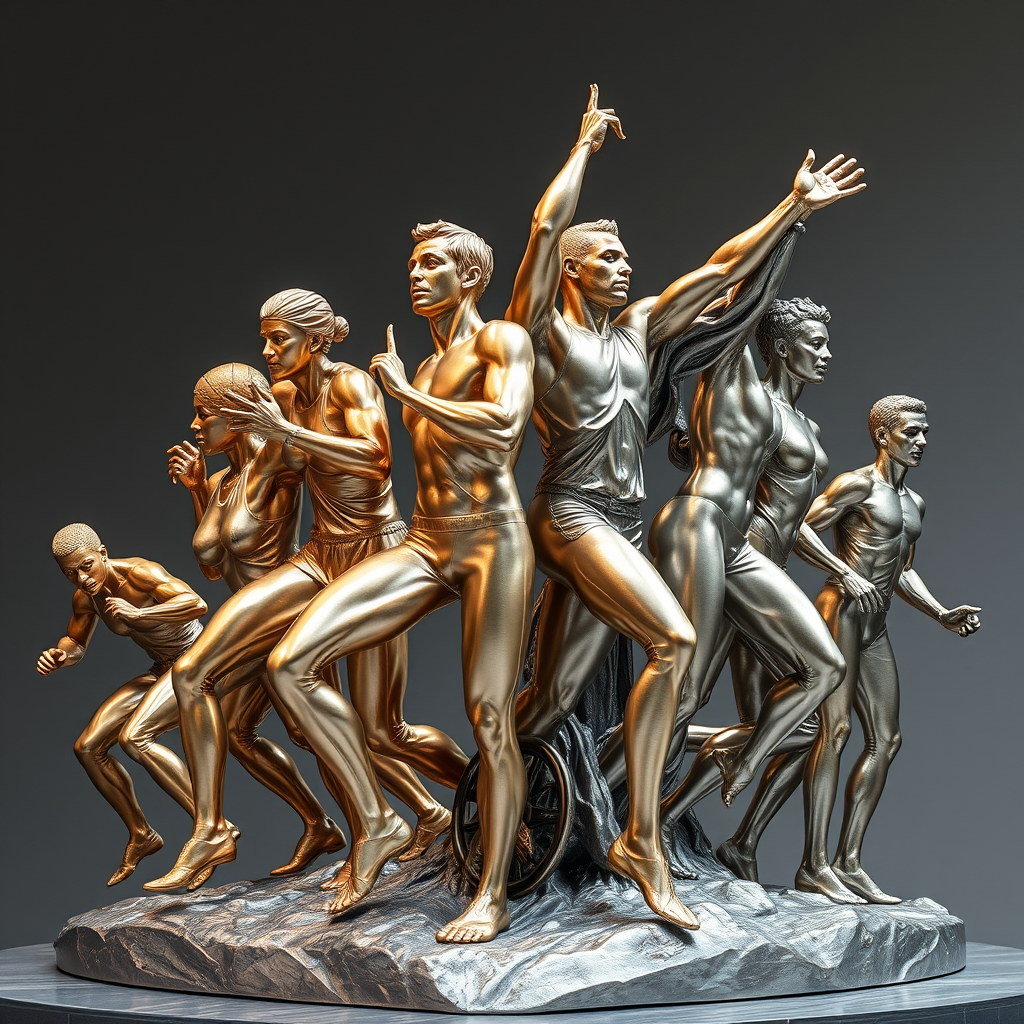
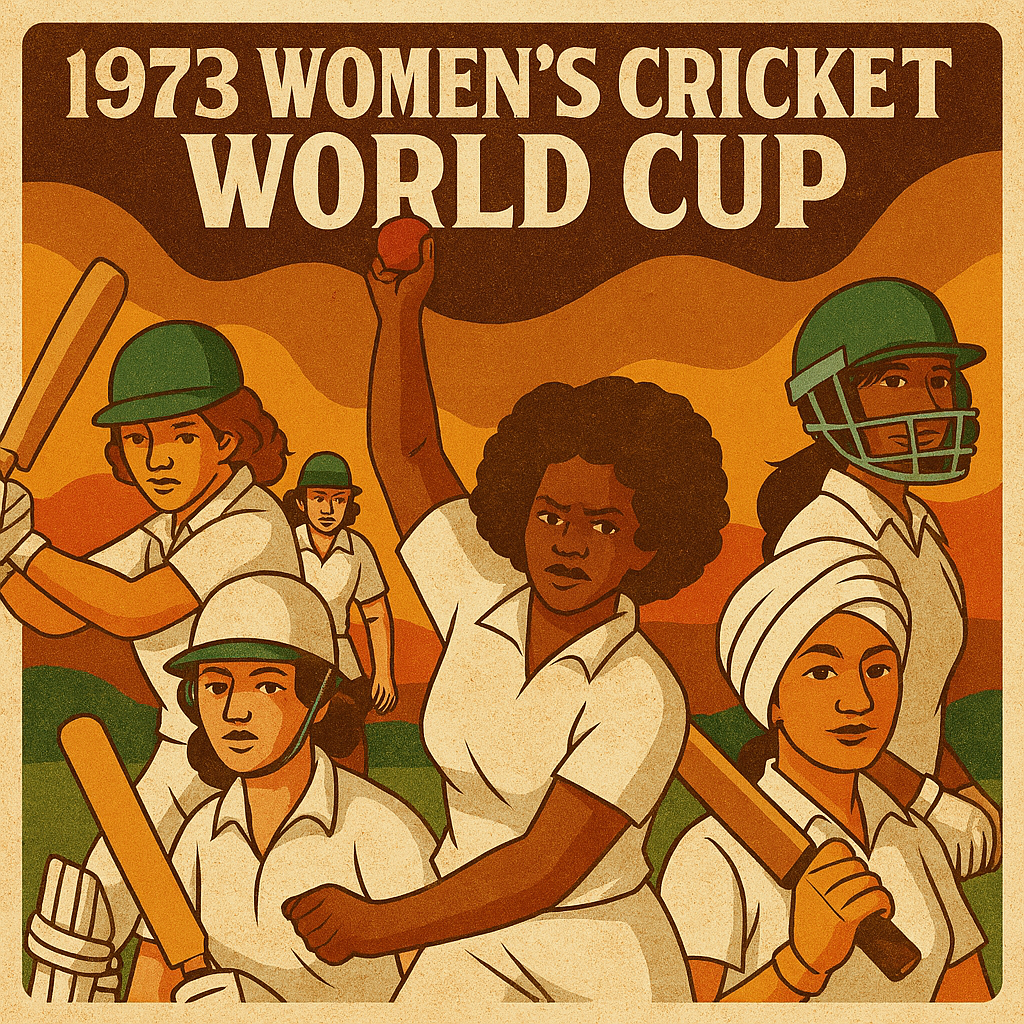
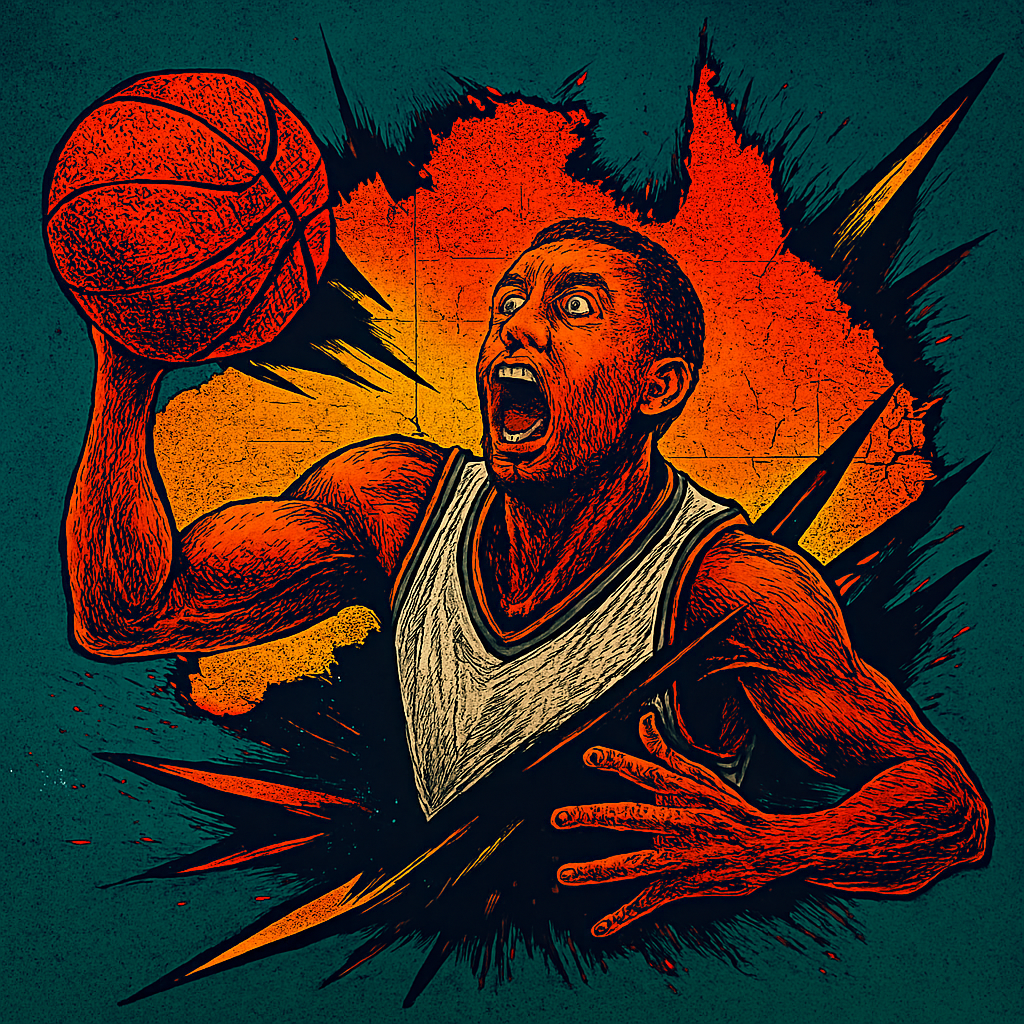

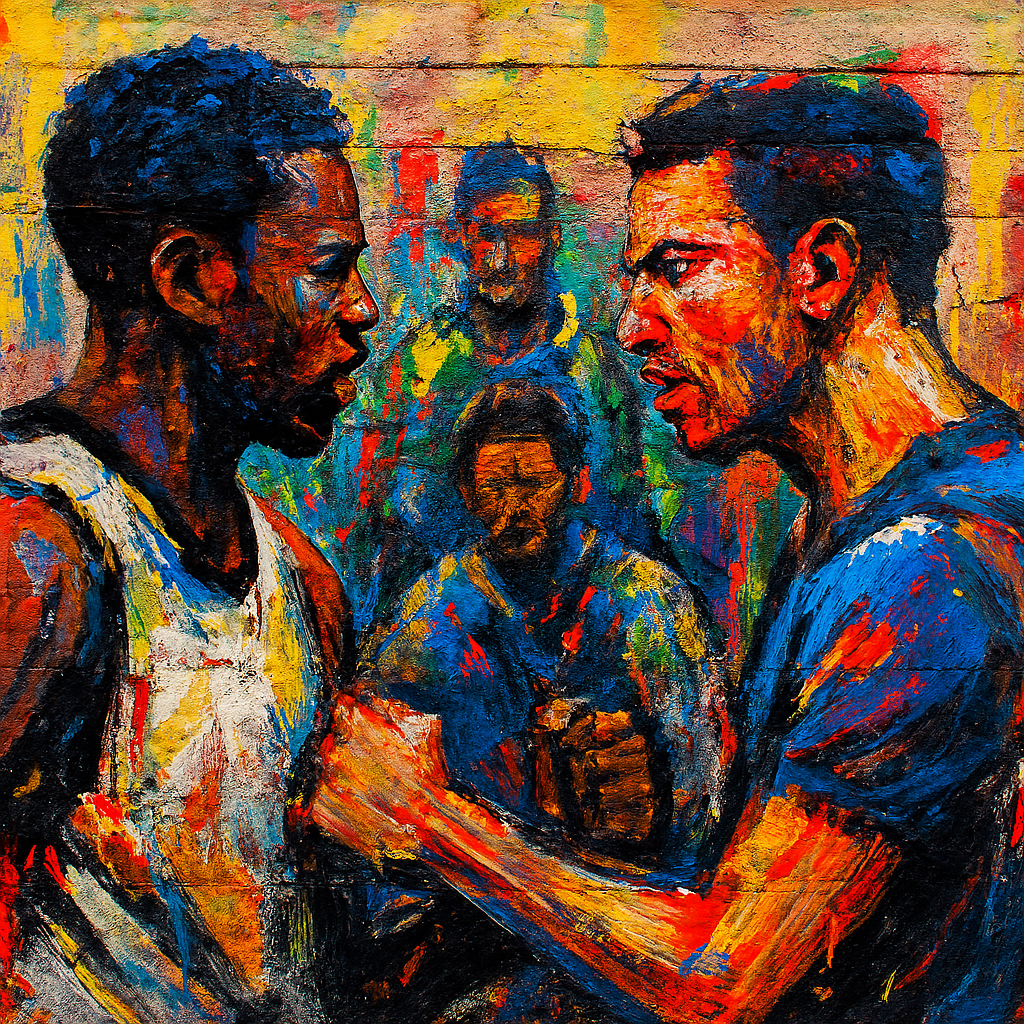



The Appearance And Why We Need To Look Super Good
[…] signal professionalism, while a bold accessory may express creativity. These visual cues help us navigate different environments and expectations. Appearance becomes a canvas for psychological […]